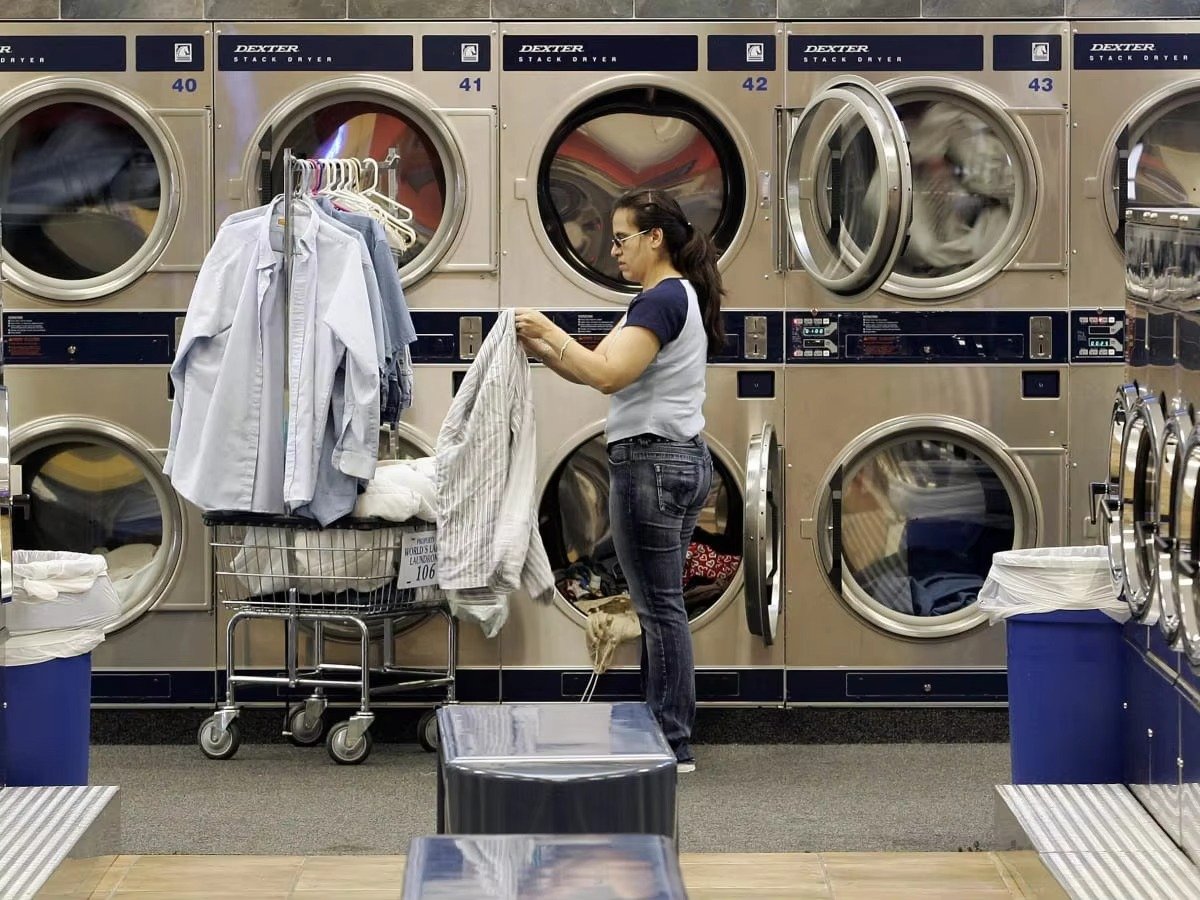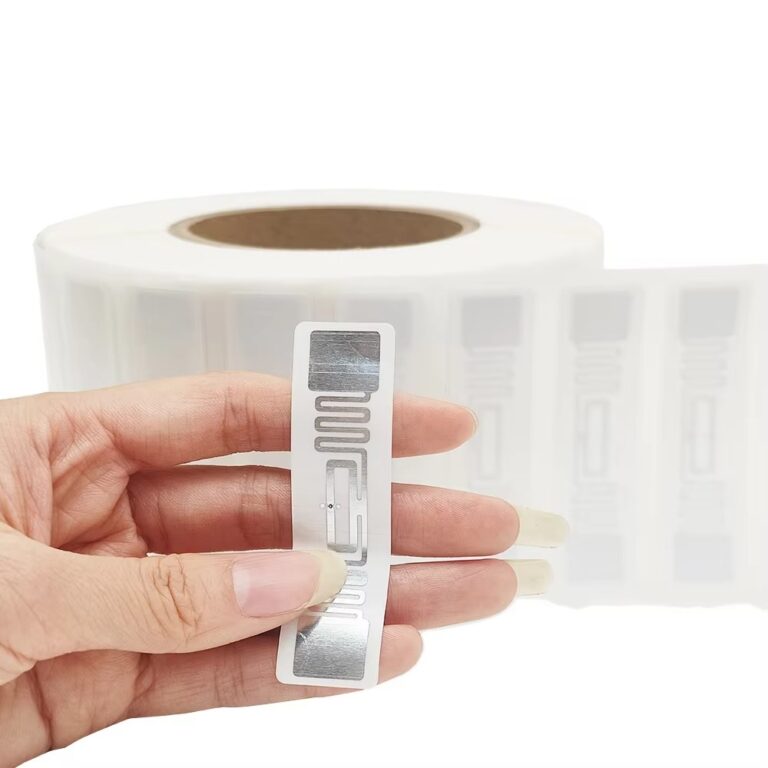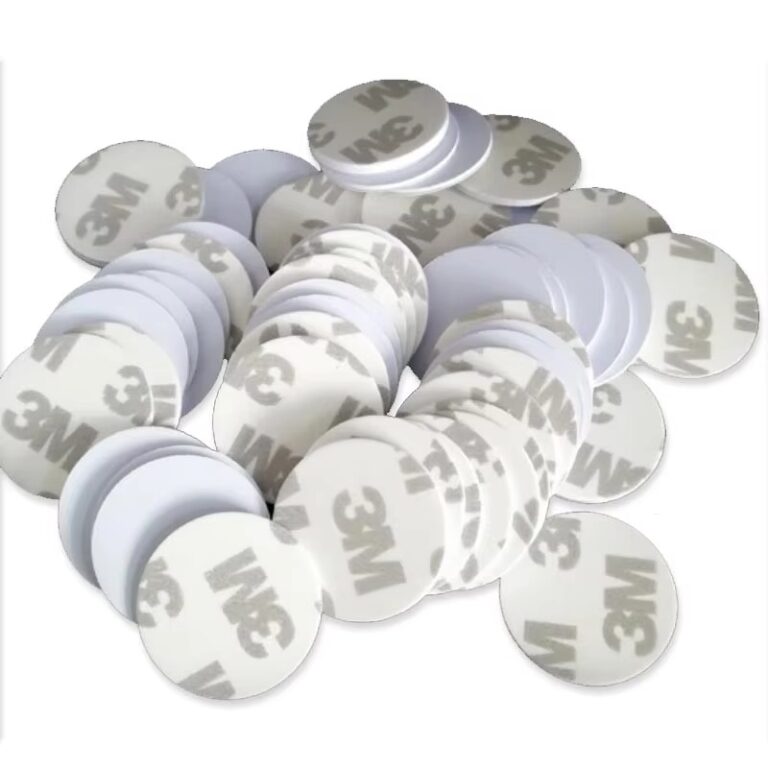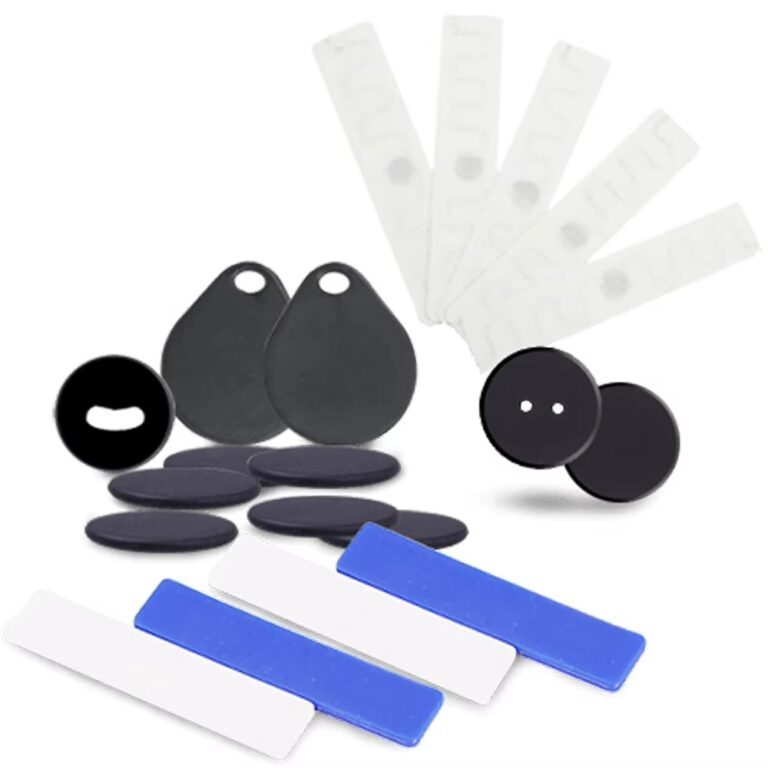How RFID Laundry Tags Improve Linen Tracking Efficiency and Cut Costs
Table of Contents
How do RFID tags working for linen inventory management?
RFID Linen Management: Transforming Efficiency and Reducing Costs
Challenges in Traditional Linen Management
Traditional linen management often struggles with:
High labor costs: Manual counting and recording require dedicated staff, making the process time-consuming and error-prone.
Delayed inventory updates: Manual data entry causes slow information flow, making real-time monitoring impossible.
Unclear loss tracking: Linen losses and damages are hard to trace, resulting in inaccurate cost allocation.
Low washing efficiency: Lack of accurate linen allocation leads to redundant transport or supply shortages.

How RFID Technology Empowers Linen Management
An RFID laundry tag, composed of a chip and antenna, communicates with readers via wireless signals to deliver unmatched automation and accuracy.
Non-contact batch reading: Identify hundreds of linens in one scan, boosting efficiency by over 90%.
Unique digital identity: Each linen item has a unique RFID code for full lifecycle traceability.
High durability: Special PPS encapsulation ensures stable operation through 100,000+ industrial wash cycles.
Real-time tracking: UHF RFID tags allow accurate reading within 5 meters, with 99.9% accuracy.
Automated inventory updates: Integrated RFID systems automatically record linen movement, cutting labor costs by up to 50%.
Lifecycle monitoring: Track wash counts and wear to predict replacement cycles, extending linen lifespan and reducing waste.
Key Steps for RFID Linen Management Implementation
Demand Analysis & Solution Design
Define linen categories, quantities, and goals (e.g., 20% loss reduction). Select a suitable UHF RFID tag for high-speed batch reading.Hardware Deployment & Tag Installation
Embed heat-resistant RFID laundry tags during sewing or printing.
Install RFID readers at warehouses, transport vehicles, and laundry facilities.Software Integration
Connect to ERP or laundry management systems for real-time dashboards, inventory alerts, and cost analytics.Employee Training & Continuous Optimization
Create standardized operation manuals, test ROI through pilot runs, and scale across all departments.

Long-Term Value of RFID Linen Tracking
Cost Reduction: Save 15–30% in linen procurement and inventory labor costs.
Efficiency Boost: Reduce inventory checks from days to minutes.
Sustainability: Extend linen lifespan and align with ESG initiatives.
Customer Satisfaction: Ensure on-time linen supply and enhance brand reputation.
How to Use RFID Laundry Tags
Tagging: Sew or attach an RFID laundry tag to each garment or linen.
Scanning: Use handheld or fixed RFID readers during each process stage.
Tracking: Monitor location, washing cycles, and condition through integrated software.
Technical Specifications
| Item Name | RFID Laundry Tags for Uniforms |
|---|---|
| RFID Standard | ISO/IEC 18000-6C (EPC Gen2) |
| Size / Weight | 70×15 mm / 0.6 g |
| Chip Type | NXP UCODE 8/9 |
| EPC Memory | 128 bits |
| User Memory | 512 bits |
| Read Range (2W ERP) | 8 m (FCC/ETSI) |
| Attachment | Sewing, Heat adhesive |
| Lifetime | 200 wash cycles / 3 years |
| Water & Chemical Resistance | Detergent, Softener, Bleach, Alkali |
| Temperature Resistance | Up to 135°C (sterilization), 90°C washing |
| Environment | -40°C to 110°C, 8–95% RH |
Get Customized RFID Laundry Tags
Upgrade your linen management system with custom RFID solutions designed for hotels, hospitals, and industrial laundries.
📩 Contact us to learn more about RFID tags for linen tracking and laundry management.







